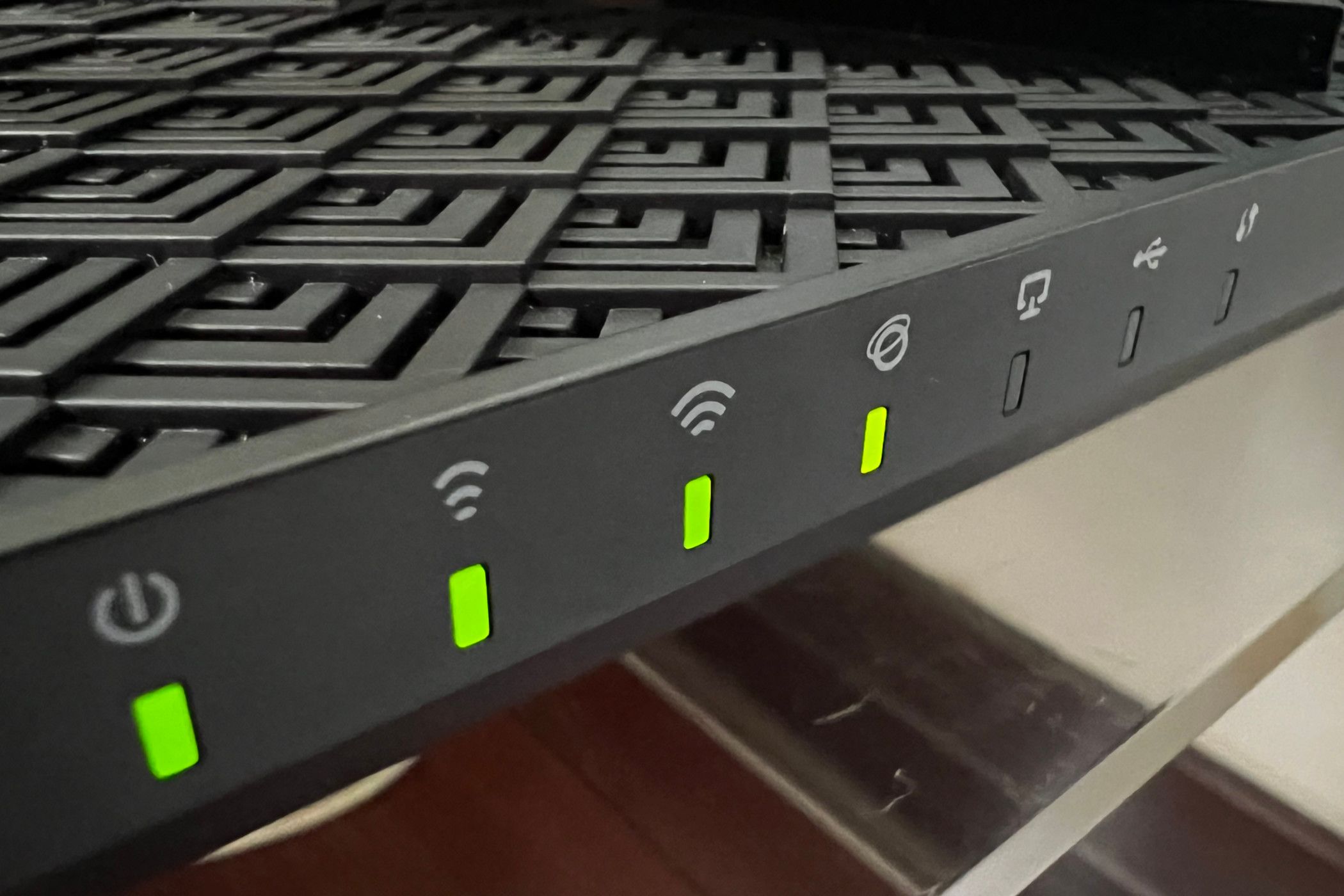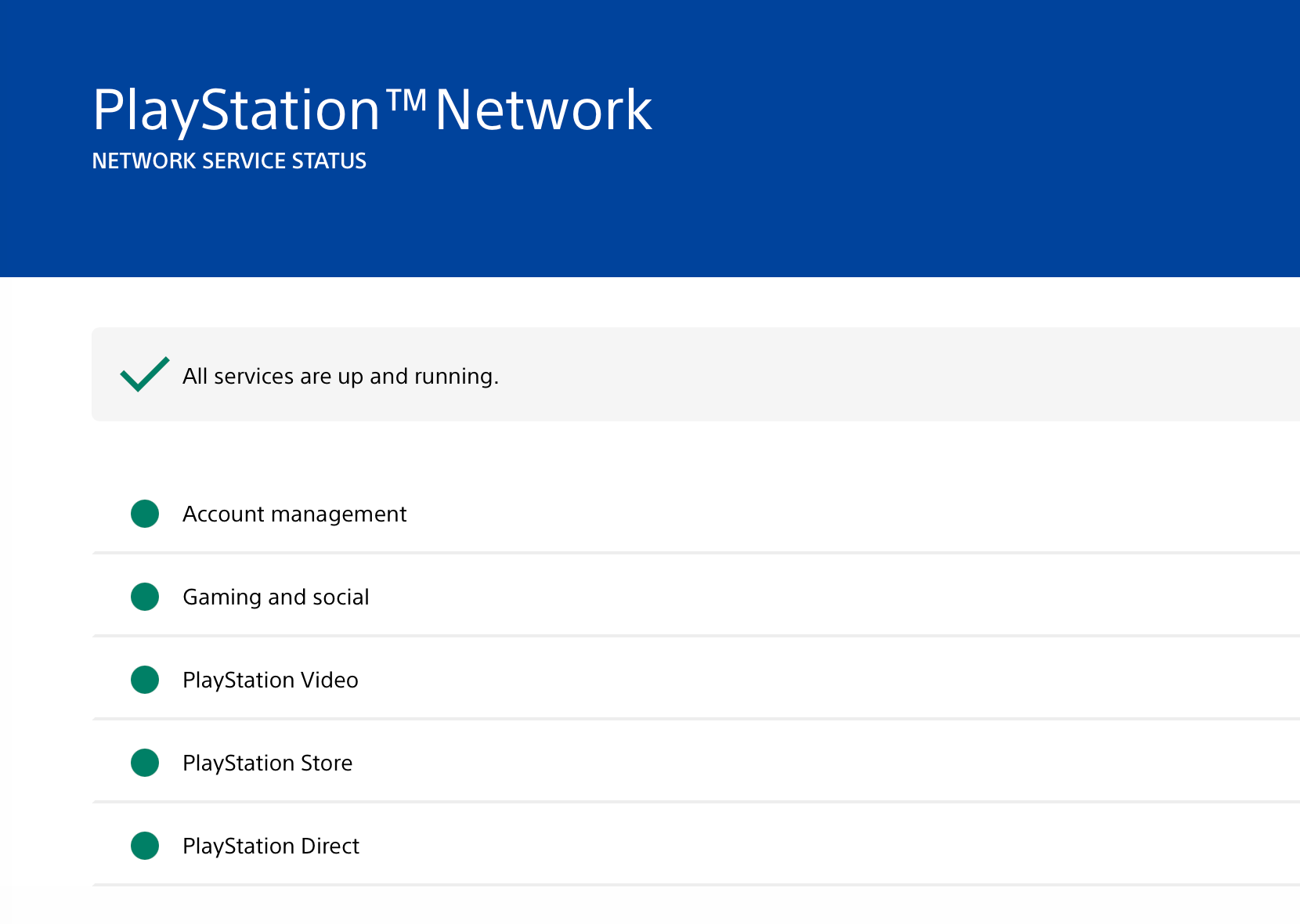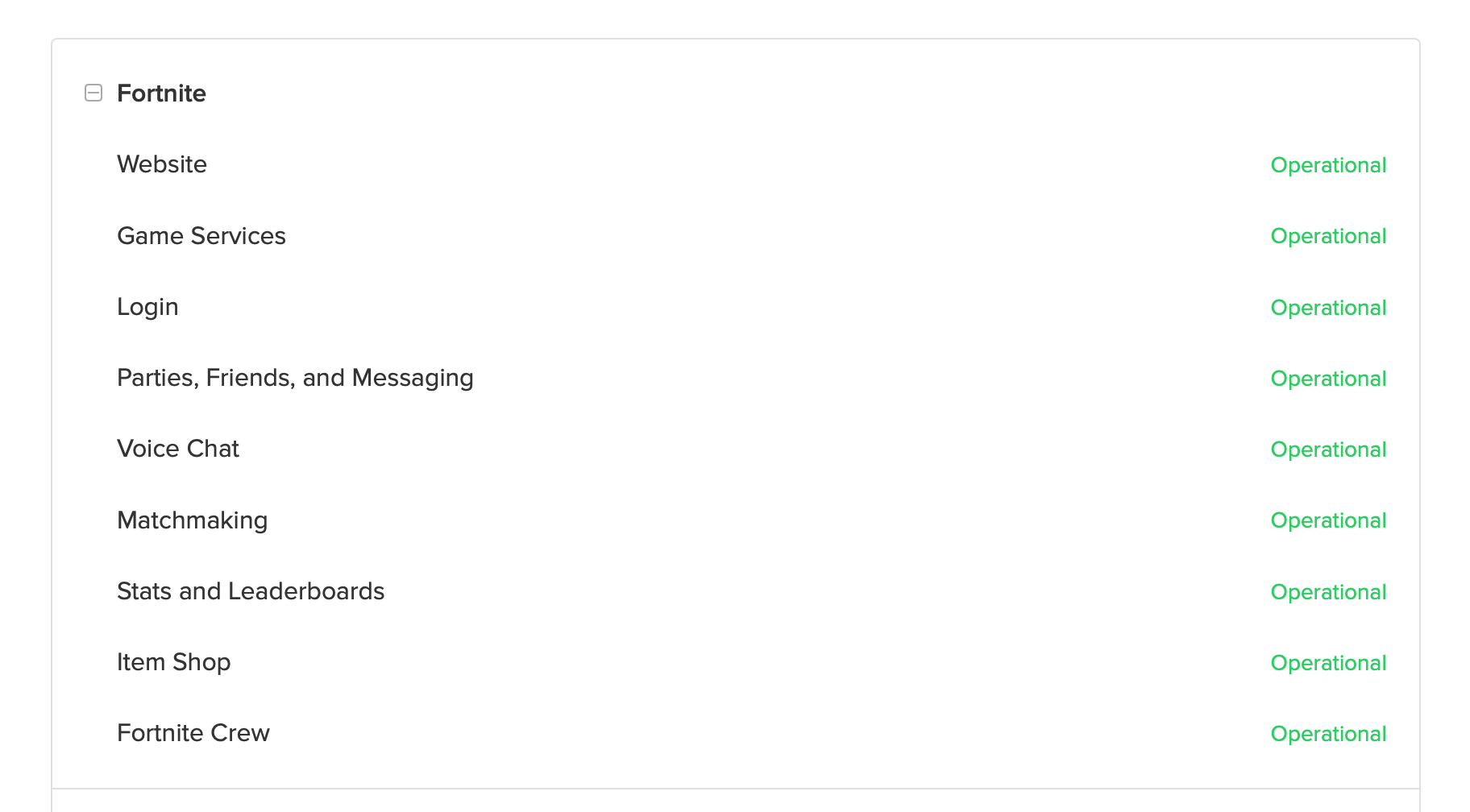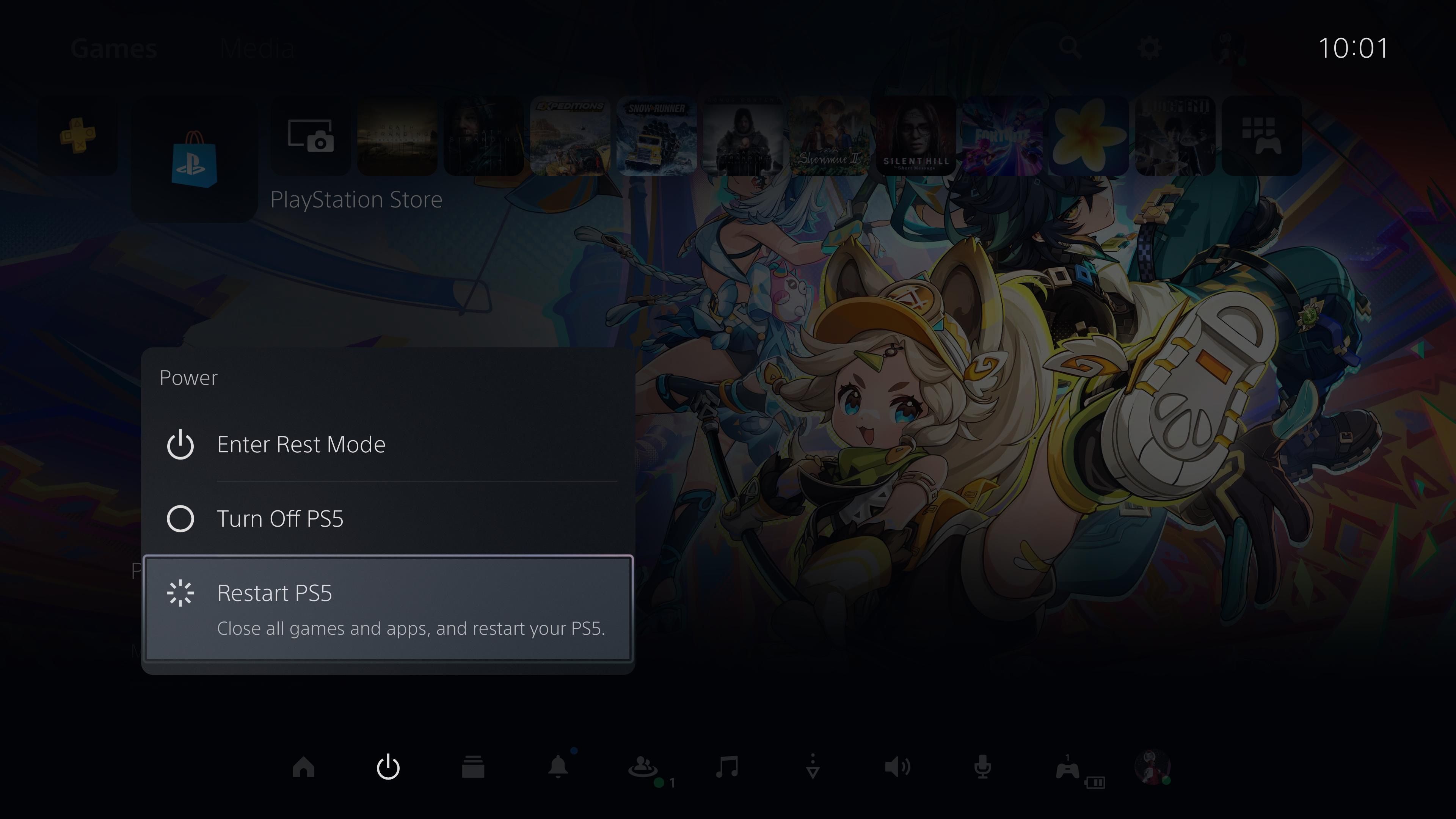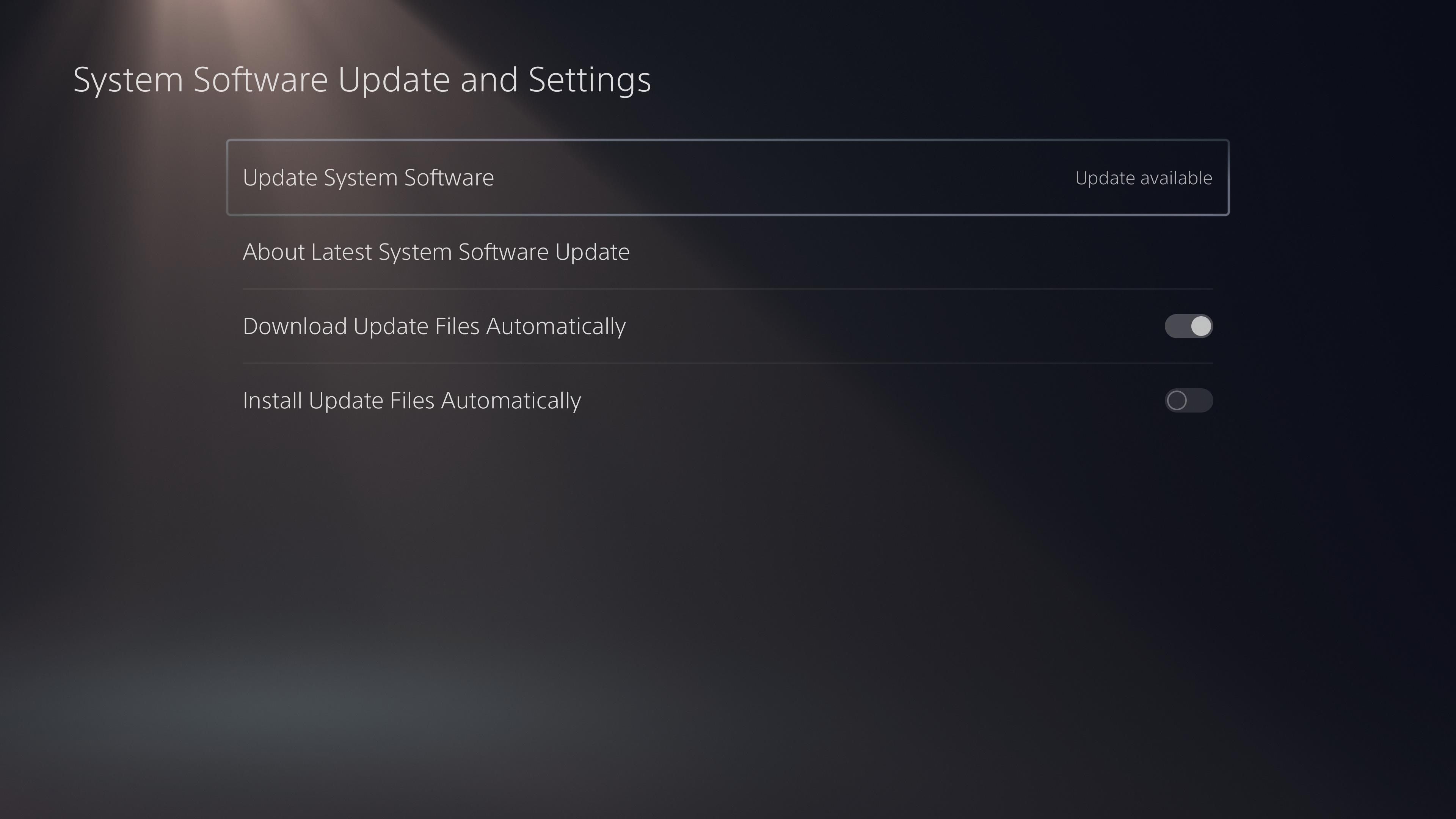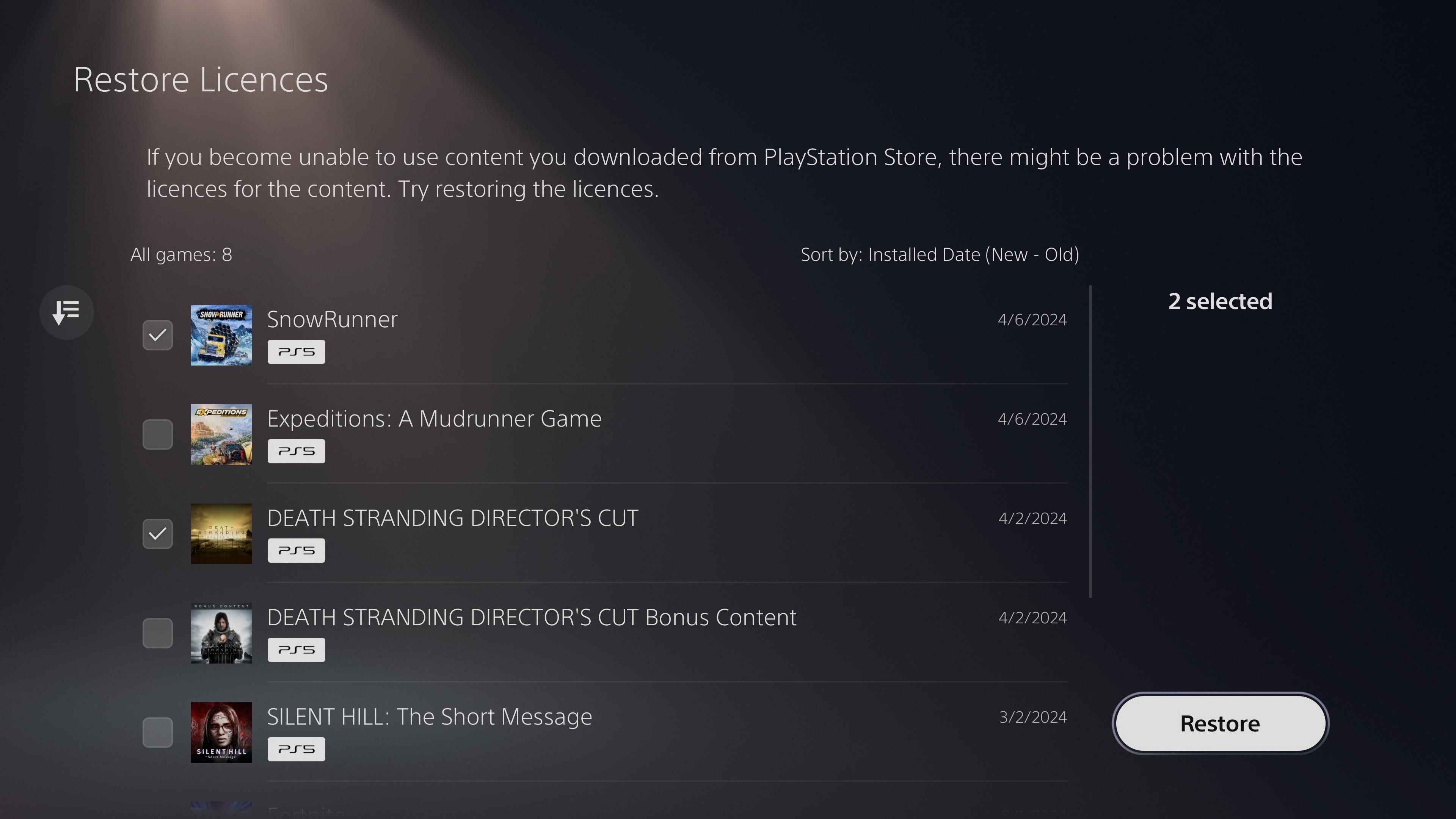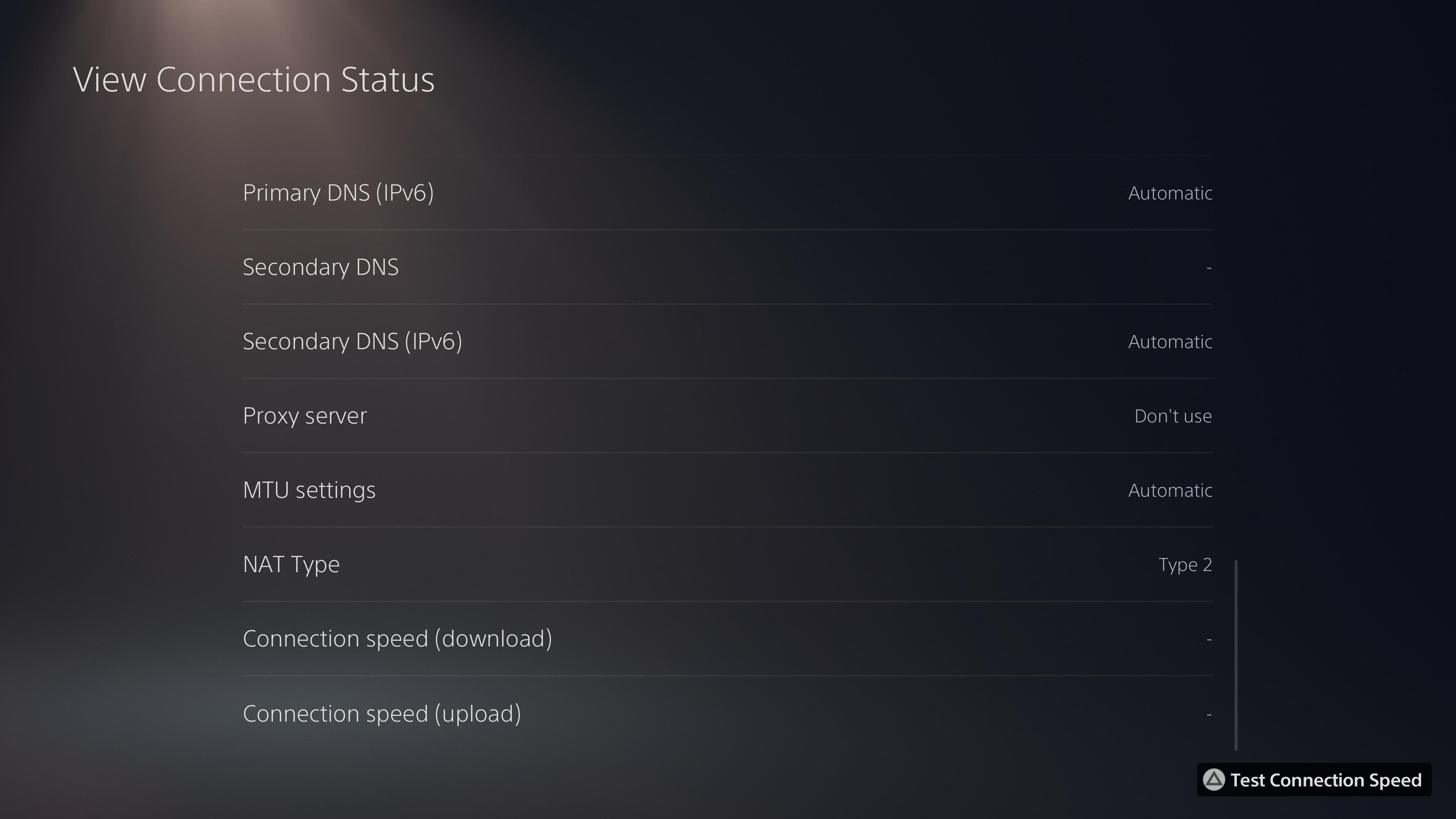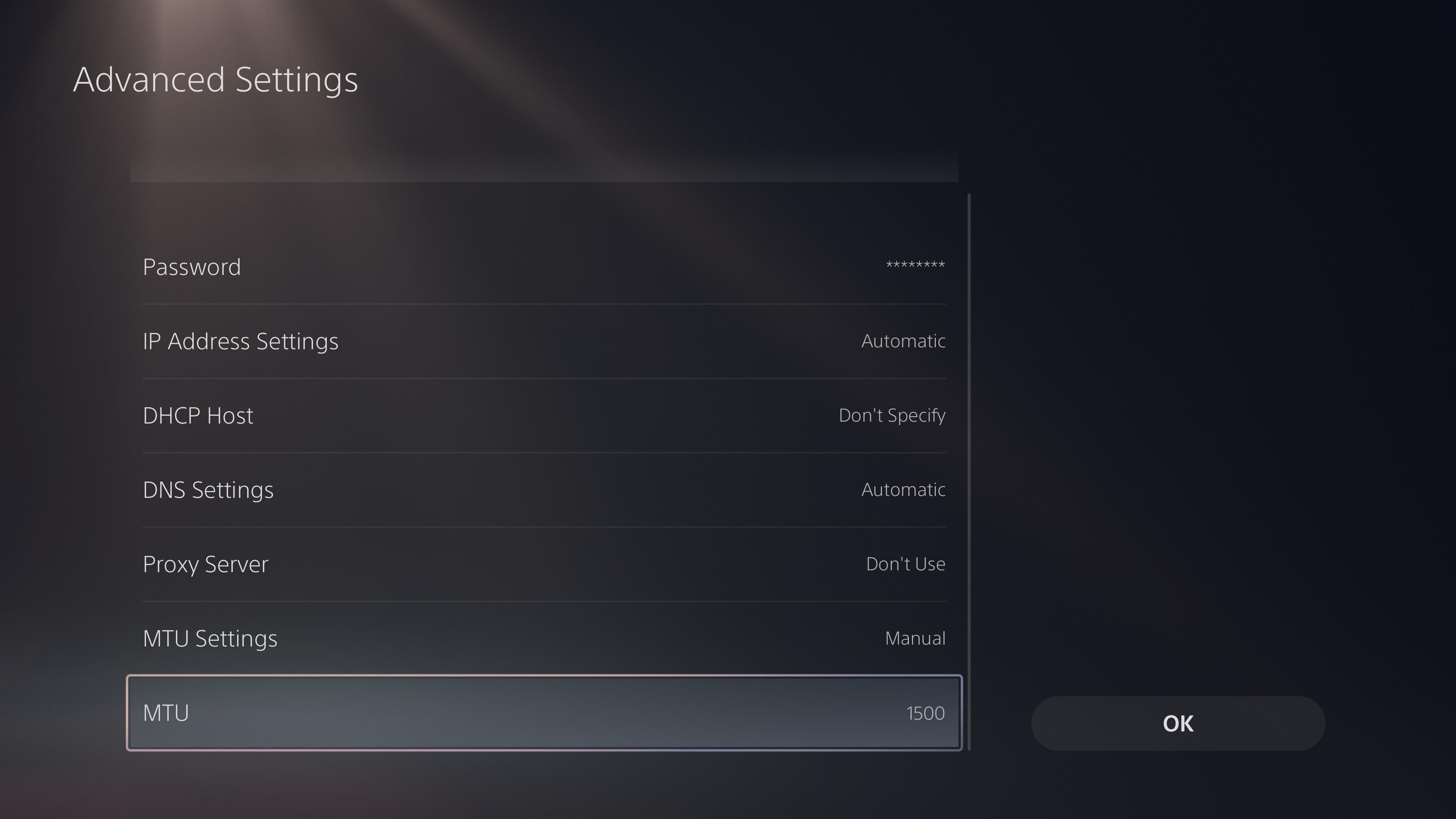Can’t get your PlayStation to connect to Sony’s servers? There could be a myriad of causes. Here are some steps you can run through (in the order that makes the most sense).
1 Check Your Internet Connection
In many cases, your own internet connection is the most likely culprit. Whether you’re experiencing a temporary drop or an extended service outage, take a second to check whether your local connection is to blame.
The best way to do this is to take a glance at your router or modem. You can also try using another device (just be careful using a smartphone as they often switch to cellular when local network problems are detected). To confirm the issue, log in to your router control panel and check the status of your connection.
If your own internet connection is to blame, you’ve got some more troubleshooting to do. Much of the time, it’s a matter of waiting for your ISP to restore the service.
2 Restart Your Router or Modem
Sometimes network hardware is to blame, especially if it hasn’t been restarted for a while. Routers have a tendency to crash or overheat which can stop them functioning properly.
Flush the system by restarting your router. Turn the router off, wait for a good 10 seconds, and then turn it back on again. Give the router a minute or two to fully start up before testing your PlayStation again. Do the same for any modems that plug into your router too.
3 Check PlayStation Network Status
If you’re satisfied the problem isn’t on your end, there’s a chance the problem is on Sony’s end. PlayStation Network service outages aren’t entirely uncommon, though they are rare. Take a look at the PlayStation Network Status page to spot any outages.
Note that you might be able to connect to PSN and browse the store, while there are problems with gaming or social links (and vice versa). Pay attention to the status symbols to diagnose the problem. If there’s an issue with PSN, your only solution is to wait.
Even if Sony’s status page says there are no problems, it may also be worth checking user forums like the r/PlayStation subreddit to see if any other reports are coming in. Sometimes status pages can be slow to update, whereas users will report problems immediately.
Make sure you sort by “New” in the subreddit to see the latest posts.
4 Perform a Status Check on the Game You’re Playing
It’s not just Sony’s servers that encounter problems, the game you’re playing could be the culprit. This is especially true if you’re able to log in to PSN and everything seems fine until you try and play online.
In this case, you’re going to have to turn to the game’s own service status page. For example, if you’re having issues getting a game of Fortnite or Rocket League, you’ll want to check the Epic Games status page. If Call of Duty is playing up, check Activision’s status page.
If a game has just been released and you’re trying to get a game on day one (or week one, even) it’s not uncommon for the servers to crumble under the weight of the playerbase. Helldivers II was a good example of a Sony game that couldn’t keep up with player demand for weeks after launch.
5 Try Rebooting Your Console
Both the PlayStation 4 and PlayStation 5 sit idle in standby mode when you turn them “off” which makes switching them on and getting back into a game quick and easy. The problem with this is that they rarely shut down properly, and just like your router or a computer this can cause issues.
If you’re having problems connecting to PSN at all, restart your console. On a PS5, you can do this by pressing and releasing the “PS” button on your controller, and selecting “Power” followed by “Restart PS5.”
On a PS4, press and hold the “PS” button to bring up the Quick Menu, then select Power > Restart PS4.
6 Update Your Console
PSN may refuse connection to a console that’s running outdated firmware. If you skipped an update when you turned your console on, this could be while you’re unable to get online. If an update dropped while you’ve been playing and you’ve since been disconnected, updating could solve it.
To update your PS5, head to Settings > System > System Software > System Software Update and Settings, and then use the “Update System Software” button to install any available updates. To update your PS4, go to Settings > System Software Update.
7 Check Your PlayStation Plus Subscription
Your PlayStation console should notify you if you’re trying to access content or play online and don’t have a current PlayStation Plus membership. You can also check manually by heading to the PlayStation Account Management website and signing in with your PSN account.
From here, click on “Subscription” to see your PSN status. If you’re invited to subscribe, you know that your subscription has lapsed.
8 Try Restoring Licenses
This is a bit of a long shot, but it doesn’t hurt to try. This could help solve problems you have playing games that you’ve purchased or downloaded from the PlayStation Store.
On a PS5 head to Settings > Users and Accounts > Other > Restore Licenses. On a PS4 it’s Settings > Account Management > Restore Licenses. Now try playing the game that’s giving you issues again.
9 Troubleshoot Your NAT
NAT stands for “Network Address Translation” and it governs how your router directs internet traffic on the local network. There are different NAT types and these can cause issues connecting to PSN and playing games online.
To see NAT information (on a PS5 or PS4), head to Settings > Network > View Connection Status. You should see your NAT type listed. Type 1 means your device is open to the internet, and Type 2 means you have moderate NAT filtering engaged. These shouldn’t affect connectivity negatively.
If you see NAT Type 3, that means your router is running a strict NAT and this can cause issues with connectivity. The quick fix is to head to your router settings and set up a “DMZ” (demilitarized zone) for your console. This basically exposes your console to the internet (like Type 1). Instructions will vary depending on router type.
If you want to go a step further, you’ll need to set up your console to use a static IP address on your local network and then open ports TCP 80, 443, 3478, 3479, 3480 and UDP 3478, 3479 (both PS4 and PS5).
10 Further Troubleshooting Your Network
If you’re not able to connect to PSN at all then you might need to do some further digging in terms of network problems. First, try running an Ethernet cable from your console to your router to rule out Wi-Fi problems. If things work, then Wi-Fi is probably the problem.
When you’re back on Wi-Fi you can try switching from a 5GHz network to a 2.4GHz network to see if this helps. The 2.4GHz network will be slower but has better penetration so you’re less likely to experience dropouts caused by poor signal.
To solve performance issues, you can also try changing your MTU settings. MTU stands for “Maximum Transmission Unit” and it relates to the size of the packets exchanged over the network. Reducing the size of these packets can help resolve some issues.
To do this on a PS5, head to Settings > Network > Settings > Set Up Internet Connection and then press the “Menu” button on your controller and choose “Advanced Settings.” On a PS4, head to Settings > Network > Set Up Internet Connection and run through the process until you get to the “MTU” portion of the setup.
Now change MTU from “Automatic” to manual and you’ll be able to input a value. The internet is awash with “ideal” values for better gameplay, with the default being 1500. 1473 is a popular starting point. Try reducing your MTU and test. You can always come back and pick “Automatic” to undo any changes you have made.
Some problems caused by your internet connection don’t always show up when you’re doing things like browsing the web on your laptop. If the quality of your connection is compromised, this could be reflected by poor in-game performance in online games and very slow or intermittent download speeds.
You can test for problems like packet loss and high latency to see if these are contributing to your problems. From there you might want to escalate the issue with your service provider to see what can be done.


